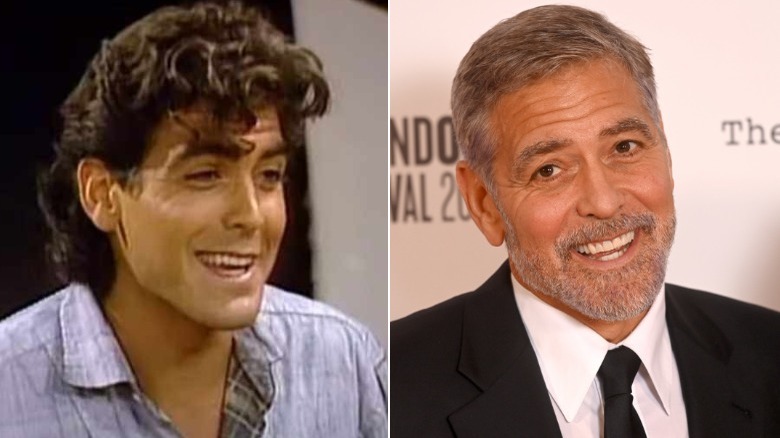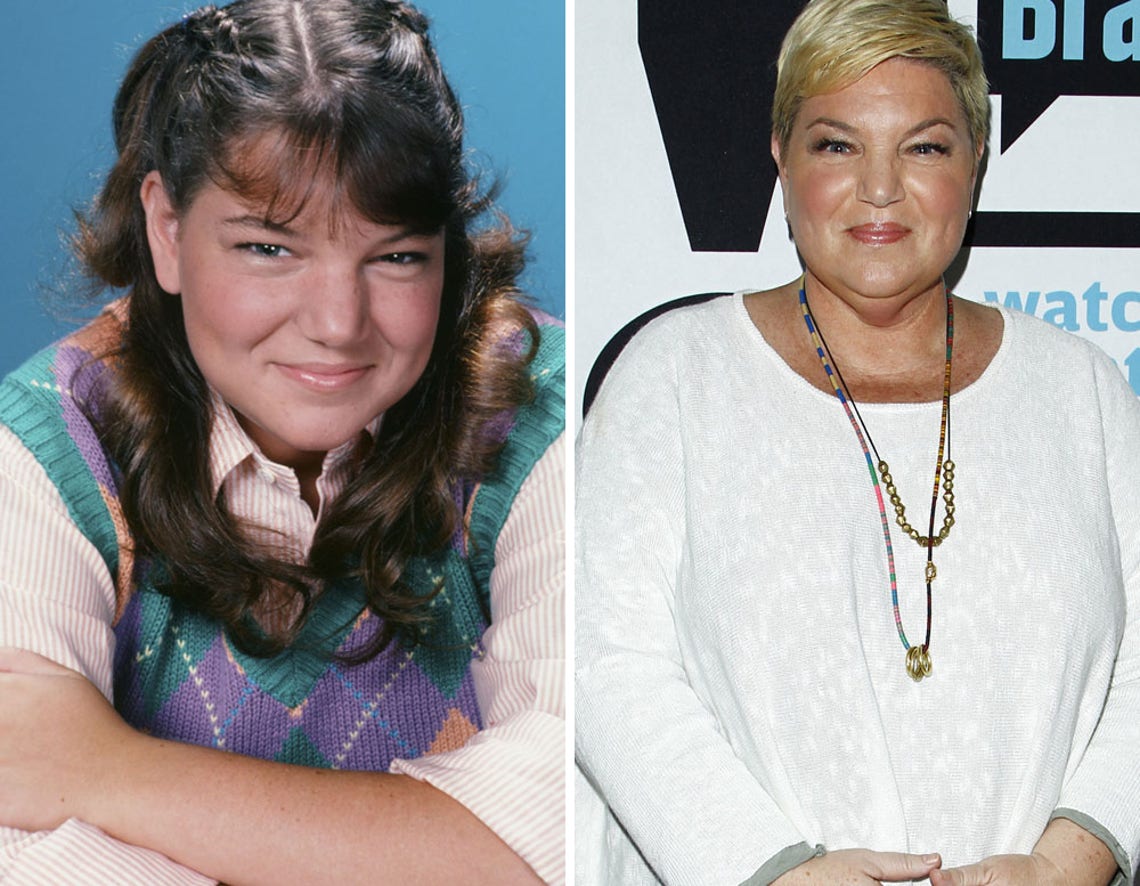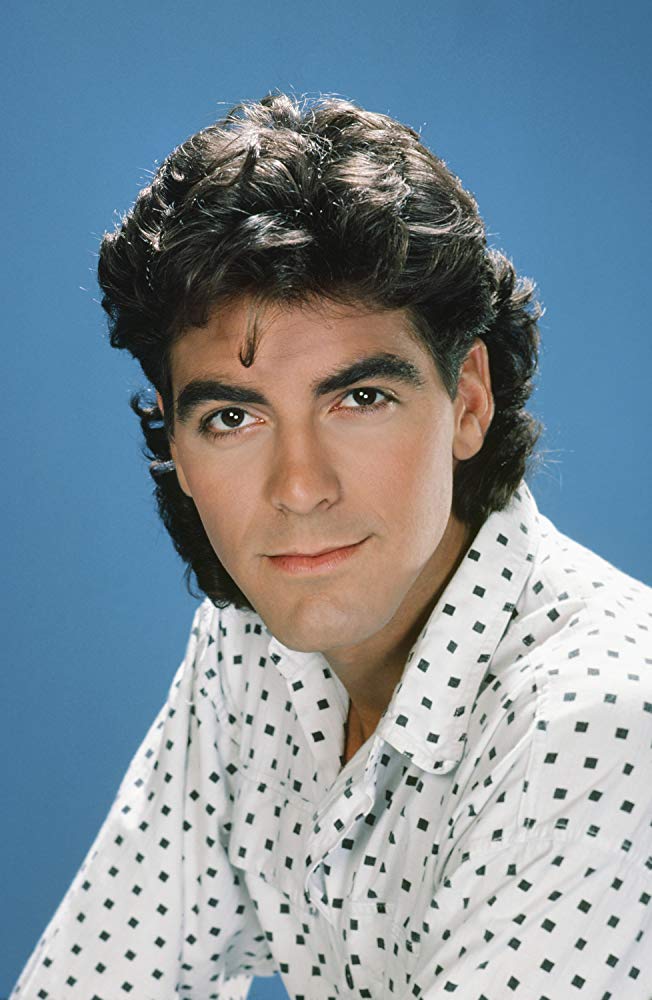George Burnett The Facts Of Life

The aroma of freshly baked cookies wafted through the soundstage, a comforting contrast to the bright, unforgiving lights. Charlotte Rae, as the beloved Edna Garrett, bustled about, fussing over her charges, the young women who were quickly becoming America’s sweethearts. Among the crew, a quieter, less conspicuous figure observed, his eyes sharp, his mind already piecing together the next scene, the next storyline, the next life lesson to be learned at Eastland School.
This was George Burnett, the man who, in many ways, shaped the very essence of "The Facts of Life," transforming a spin-off into a cultural touchstone. He wasn't a household name like Blair or Jo, but as a writer and producer, Burnett was the architect of the show’s heart, its humor, and its surprisingly progressive approach to adolescence.
George Burnett was born in 1937. He grew up during a time when television was still in its infancy.
His early career was marked by a passion for storytelling. This passion led him to the world of sitcom writing.
Before "The Facts of Life," Burnett honed his skills on a variety of television projects. His early work laid the foundation for his later success.
He learned the nuances of comedic timing and character development. These would later become hallmarks of his work.
“The Facts of Life” premiered in 1979 as a spin-off of “Diff’rent Strokes.” Initially, the show focused on Edna Garrett's role as the housekeeper for the Drummond family and her occasional advice to Kimberly. However, it was Burnett's vision that truly transformed the show.
He recognized the potential in the four young actresses. The four are Lisa Whelchel (Blair), Kim Richards (Kim), Mindy Cohn (Natalie), and Nancy McKeon (Jo).
The Evolution of Eastland
Burnett reimagined the show's premise. He shifted the focus to Eastland School, a boarding school for girls, and the dynamic between Edna Garrett and her core group of students.
This decision proved to be a stroke of genius. It allowed the show to explore a wider range of issues relevant to young women.
Under Burnett's guidance, "The Facts of Life" tackled topics that were often considered taboo for the time. These includes sex, drugs, eating disorders, and peer pressure.
The show approached these issues with sensitivity and humor. That approach helped to educate and entertain audiences simultaneously.
He fostered a collaborative environment. The young actresses were encouraged to contribute their own experiences and perspectives to the storylines.
This input helped to ensure that the show remained authentic and relatable to its target audience.
The Characters
Burnett understood the importance of creating relatable characters. Each girl at Eastland represented a different facet of the teenage experience.
Blair was the privileged and often superficial rich girl. Natalie was the outspoken and independent intellectual. Jo was the tough and street-smart transfer student. Tootie was the precocious and observant younger girl.
Edna Garrett, played with warmth and wisdom by Charlotte Rae, served as a surrogate mother to the girls. She offers guidance, support, and a healthy dose of tough love.
These characters resonated with viewers. They saw themselves or their friends reflected in the stories being told.
“We wanted to create a show that was both entertaining and informative,” Burnett once said in an interview. “We wanted to give young people a safe space to explore difficult issues and to know that they weren’t alone.”
The show's success can be attributed to Burnett's ability to balance humor with heart. The characters faced real challenges, but they always did so with a sense of optimism and resilience.
The show never shied away from difficult topics. It always offered a message of hope and empowerment.
Beyond Eastland
Burnett's influence extended beyond the storylines themselves. He was committed to casting actors who represented the diversity of the American population.
He also used the show as a platform to promote social awareness. He highlighted important causes such as environmental protection and animal rights.
After "The Facts of Life," Burnett continued to work in television. He contributed to other successful sitcoms.
While none achieved the same level of cultural impact, his dedication to quality storytelling remained consistent.
“The Facts of Life” remains a beloved classic. It continues to be watched and enjoyed by new generations of viewers.
This is a testament to the timelessness of the stories and the enduring appeal of the characters.
The show’s legacy extends beyond entertainment. It helped to shape the way that young women were portrayed on television.
It also opened up conversations about important social issues. These conversations continues to be relevant today.
George Burnett may not have been a star in front of the camera. He was the quiet force behind one of television's most iconic sitcoms.
His vision, his talent, and his commitment to telling stories that mattered helped to shape a generation. He empowered young women to find their voices, and taught us all a few important facts of life along the way.
The cookies might be gone, the lights dimmed, and the soundstage quiet once more, but the echoes of Eastland School still resonate. They remind us of the power of storytelling to connect us, to challenge us, and to teach us the enduring value of friendship, acceptance, and the importance of always knowing who you are.


















